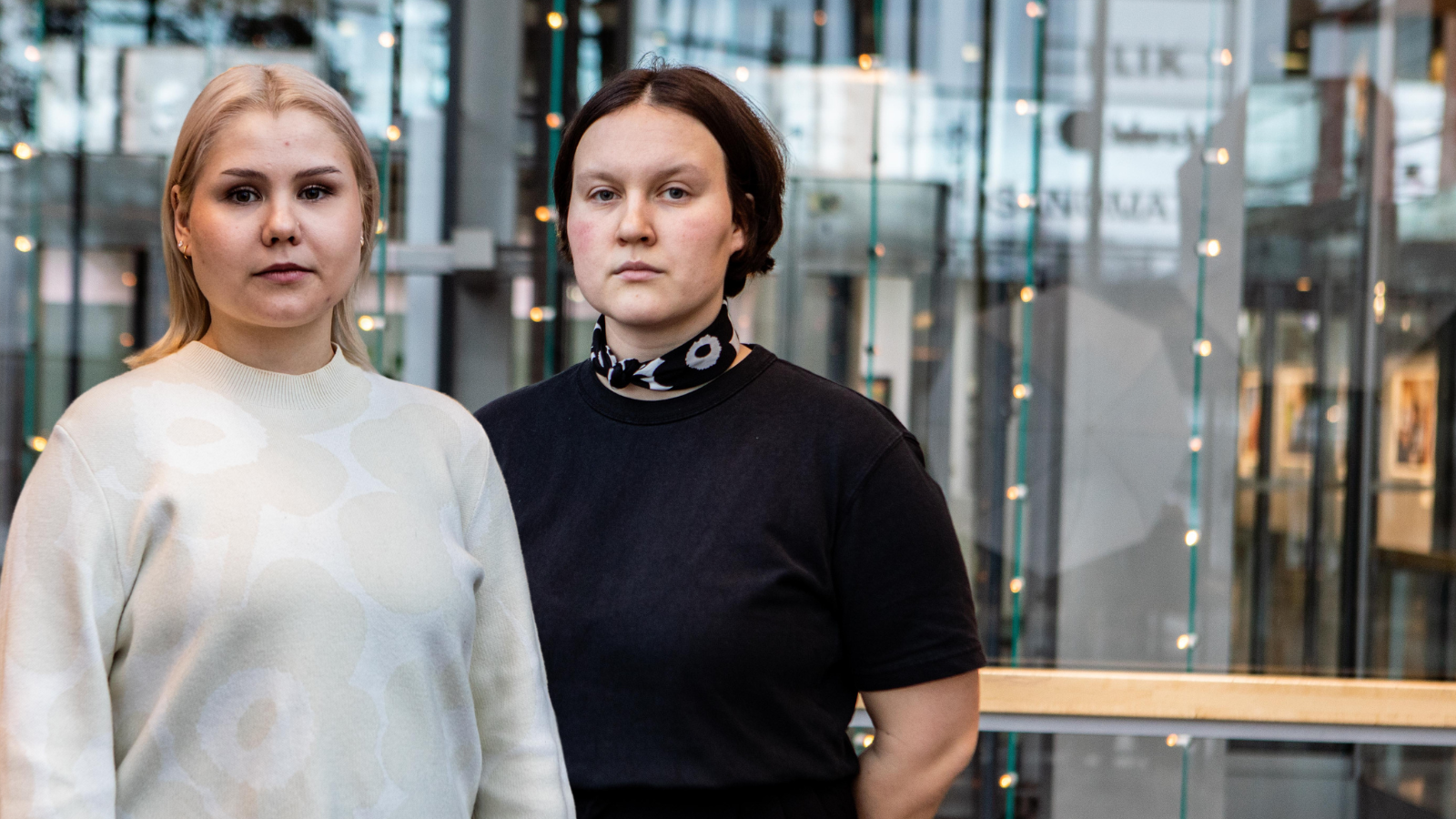At the beginning of March 2021, the government outlined new restrictions in response to the COVID-19 crisis. Among other things, these restrictions require remote learning at higher education institutions in many areas. Unfortunately, the policy was not new to higher education students and institutions. This time last year, universities, along with many others, closed their doors and switched to remote learning and remote work. Organizing teaching during a pandemic is in many ways a complex issue:
- Many university students have been studying remotely for a year. During that time, they haven’t seen their teachers, instructors or even fellow students face to face. A situation where a large proportion of students have been studying remotely for an entire year – one-fifth of the target time for completing a degree, that is– can no longer be referred to as a temporary, exceptional period.
- Contact teaching has been arranged, but mainly for new students who began their studies in autumn 2020. In addition, contact teaching has been provided in fields where it has been necessary, such as teaching that requires the use of university laboratories. Libraries and self-study facilities have been open depending on the pandemic situation. In the largest university towns in particular, the use of facilities has been very limited.
- Research has shown that the limiting of contact, changes in teaching and learning environments and other consequences of the pandemic have had worrying effects on students. For instance, according to a survey of students at the University of Helsinki conducted in 2020, 60 percent of the students surveyed felt either completely exhausted or at risk of exhaustion.
- Remote learning has not only slowed down the completion of studies, but also isolated the students: In spring 2020, for example, study credits seemed to be gained by the same students. Similarly, problems with coping and difficulties in studies can be experienced by certain students. This means that the situation will only become more difficult for students for whom the past year has been particularly strenuous. The situation highlights the need for targeted support as well as the role of tutors and investment in students’ mental health and coping more broadly.
- For many students, beginning higher education means moving to a new town or city. Due to the pandemic, students have found themselves in a situation where they are in a new location without their familiar networks. The situation has been particularly challenging for international students. Residence permit criteria include strict income requirements which must be met in addition to being able to pay tuition fees. In addition to streamlining the residence permit process, loosening the requirements should also be considered.
- Universities are major employers: closing their doors has meant thousands of people switching to remote work. Teachers and other staff are finding it hard to cope in this situation. The exceptional circumstances have increased the workload of staff, and the planning and implementation of hybrid teaching is also very laborious. At the same time, the number of staff in higher education institutions has been declining for several years while the workload has been increasing.
- The COVID-19 situation has varied regionally and over time. Universities have closed their facilities and proactively moved to teaching online, but decisions affecting these institutes have been greatly influenced by regional and national restrictions. The recommendations and restrictions imposed by both central government and regional authorities guide the activities of universities.
- On the other hand, the digitalization and increased flexibility of studies and the (forced) increase in leisure time have also benefited many students. In an Akava study published in December 2020, a large proportion of the higher education students who responded were in favor of the opportunity to participate in teaching via a remote connection even after the end of the pandemic. This does not, however, mean that students want to permanently switch to remote learning.
Not everything related to remote learning deserves criticism. Over the past year, the organization of teaching and pedagogy have undergone great development and achieved many small victories. At the same time, it should be remembered that remote learning is particularly commended for increasing the flexibility of studying and making it independent of location. In the midst of the pandemic, however, these gains in flexibility, and independence of location in particular, have quickly lost their appeal. What difference does independence of location make if one is forced to study in the same, confined space for a year?
The pandemic has had a wide range of consequences, but it has also made existing problems more visible. For instance, young people’s mental health problems and ability to cope were evident even before the COVID-19 crisis. The digitalization of education was discussed in numerous seminars throughout the 2000s. We are at a turning point where teaching and education are changing and where concerns about students’ ability to cope have been widely acknowledged. An extremely important question is therefore who is involved when planning for the future, and whose voice is heard in the plans. Last year, the INVEST research project issued a recommendation to higher education institutions to listen to the message of student organizations on the development of the situation.
It is equally important to listen to the message of students as we turn our attention to the future.
Ainomaija Rajoo
Education Policy Adviser




